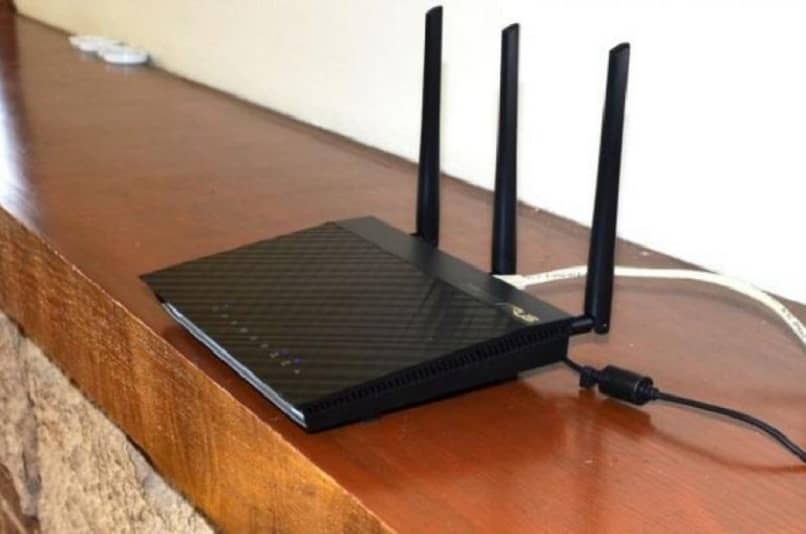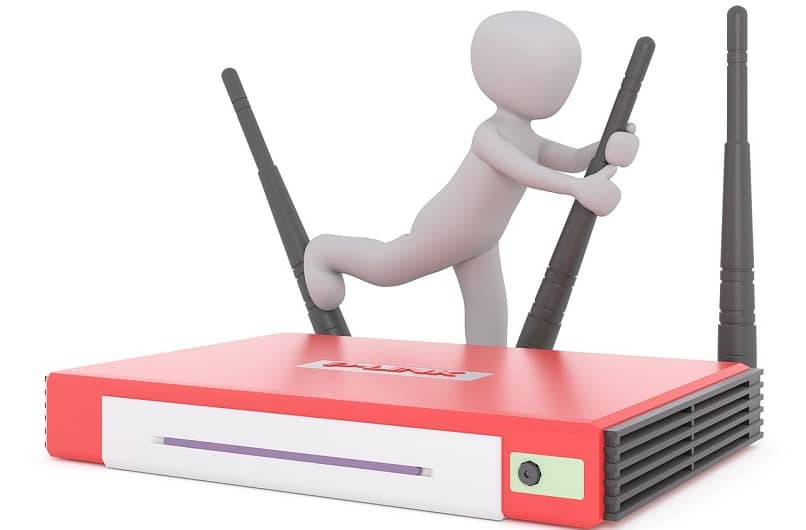Connect a Router with Bridge Mode – Complete Guide
–
A router has two functions; on the one hand, it processes the input signal to connect to the Internet and, on the other, it distributes that connection between various devices. However, it is possible to modify its functions so that it acts only as a network signal processor, something known as Bridge mode or network bridge.
How do I put my router in Bridge mode
It should be noted that the configuration of a router in Bridge mode may vary depending on the model and brand of the device. In some cases it is as simple as check the Bridge or Bridging box in the router configuration and restart it, but in others you will have to follow a longer process to activate it manually.
First of all, you need to access the router settings. It is best to do it from a computer with a LAN connection. To access the configuration page you must enter the IP address of the router as if it were a URL in the browser bar, which would be 192.168.1.1. Login using the username and password you have configured.
Among the available menus you can find various settings, of which you will need to change some to avoid network conflicts when using Bridge mode. To get started, identify the IP section and assign the router a different address than the default that does not match with the other connected devices.
Then you must disable DHCP server on pc which is in charge of determining the IP address of each connected device, as this task will be fulfilled by the main router. It is also necessary to disable the DNS server for the router to function as a bridge.
Disable the firewall and others re bridge access controlsd. Likewise, delete the “Port Forwarding” entries to finish. At the end, you will have to restart the router for the changes made to take effect and you will be able to use it as a network bridge after connecting it to the Internet input cable and putting an output connection to the main router.
How to use my router as a network bridge
Routers are usually not as powerful as they should be, which weighs down the connection of our devices. To solve this defect, the neutral router comes into play, which is a more capable router that replaces the original, allowing the previous router to be configured in Bridge mode or network bridge, which simply performs the function of deciphering the signal.
In simpler words, you take a higher capacity router and let it be the signal distributor in your house; while the least powerful router you set it as a modem, that is, as the one in charge of processing the signal that arrives at your house and deciphering so that there is an Internet connection.
By leaving the more complex connection tasks in charge of the neutral router, you will be able to have access to technologies that older routers often don’t have (for example, the dual band of WiFi) and thus optimize the speed of your connection.

What is the difference between bridge or router mode?
The main contrast lies in how the device sees the networks to which it connects. While the bridge treats two different networks as if they were one, the router considers them different entities. In other words, bridge mode only transfers data and the router performs a more complex network management task.
In essence, Bridge mode turns the router into a repeater that sends data from one point to another, that is, a simple operation that communicates two networks as if they were the same network using the criteria of a filtering table. Although some Bridges can have multiple ports and thus connect a greater number of networks, their basic function remains the same.
The router works smarter when deciding for yourself the redirect data packets going in and out between connected clients. For its functions, it uses a routing table that is used to decide where the information that it transmits through different network interfaces goes, be they LAN or WAN.















